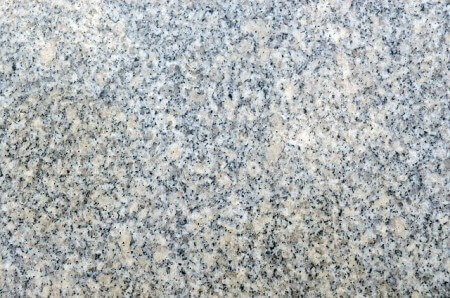Granolithic Flooring
Granolithic flooring is the same as cement concrete flooring, except that the finishing layer. This layer is done with a granolithic finish which is cement concrete made of a specially chosen aggregate.

⇛The granolithic finish makes the floor hard, abrasion-resistant, and durable. The granolithic concrete layer thickness should not be less than 13 mm.
⇛It is necessary to obtain the coarse aggregate from hard fine granite, basalt, limestone, or quartzite.
⇛For granolithic flooring, a typical grading of coarse aggregate as recommended by the National Building Organization (N.B.O) is as follows:
Read Also: Different Types of Flooring
| I.S Sieve | Percentage by Weight Passing Each Sieve |
| 125 mm | 100 % |
| 10 mm | 85 – 100 % |
| No. 480 | 0 – 20 % |
| No. 240 | 0 – 5 % |
⇛ A mix of 1:1:2 is appropriate for the granolithic finish when the granolithic topping thickness is between 13 mm and 40 mm. The finish should be laid in one layer and monolithic with the base.
⇛ It should be laid in two layers if the thickness exceeds 40 mm. The top layer is placed when the bottom layer remains in a plastic state.
⇛ It is preferred to use crushed aggregate to get the granolithic finish. Sometimes, granulated aggregate is used as coarse aggregate.
Method of Granolithic Flooring Construction
For the construction of granolithic flooring, first of all, the base concrete, which is 2.5 cm thick cement concrete over 10 to 15 cm of lean cement or lime concrete, is laid and consolidated before laying the topping.
It is necessary to finish the top surface of this base in such a way as to create the required bond between the base course and the topping.
Granolithic concrete is prepared in a proportion of 1:1:2 by mixing cement, fine aggregate & specially chosen aggregate, and laying the topping layer over the prepared base.
The granolithic topping surface is allowed to be set for 7 days and the surface may then be rubbed to obtain a good surface. The surface is kept wet while it is being rubbed.
Read Also: